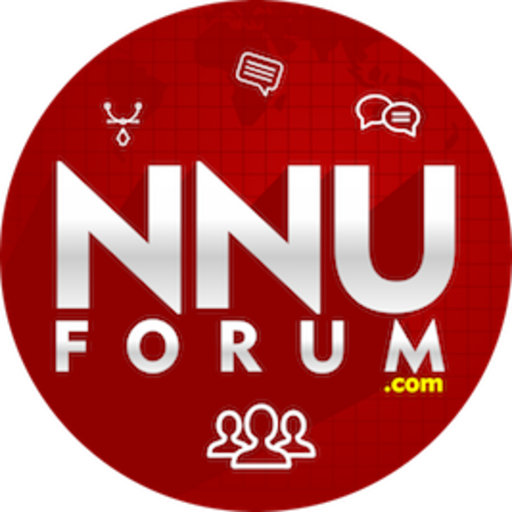Will 45% Of Work At Moderna Be Completed By AI By 2030? Yes

The rapid automation of high-level cognitive work is underreported and will dramatically transform talent management.
Within two years, 95% of all cognitive tasks performed by humans will be better executed by AI. This prediction, shared by AI experts from DeepMind, Meta and MIT at the MIT AI Day at Davos in January, is stunning, and we are only beginning to realize its profound implications to talent management.
Gen AI now automates high-level cognitive work such as software development (through code-editing tools) and research (via deep research tools) in ways unimaginable just 24 months ago. Early adopters of gen AI are showing us the new definition of talent management as they reimagine and restructure their entire operations around fewer people and more AI technology to drive higher productivity.
Moderna and One Digital: Case Studies in AI Co-workers
Consider Moderna, a highly sophisticated life sciences company, many of whom perform extremely advanced cognitive work. These employees conduct high-value cognitive tasks across many departments:
- R&D: Drug discovery, diagnostics, pipeline management, medical affairs, clinical trials
- Manufacturing: Digitally integrated production
- IT/Data: Code development, data management and manipulation, advanced analytics
- Sales and Marketing: Marketing campaigns, sales training
- Legal: IP protection and enforcement, complex partnerships
- HR: Continuous learning and development, employee engagement
- Regulatory: Regulation monitoring, interpretation and analysis; navigating geographically specific regulatory pathways
Moderna is a major user of OpenAI’s ChatGPT Enterprise across its 5,000-person workforce and already operates 3,000 GPTs or simple AI agents, according to the Wall Street Journal. To better manage this change, it notably combined its HR and AI efforts into a new role, chief people and digital technology officer, led by Tracey Franklin.
Companies like OneDigital are going as far as naming its software AI co-workers, providing them with job descriptions and training periods, and allowing them to be “fired” if they underperform (as my colleague, John Sviokla, explained in Forbes here).
What Could the Human-AI Mix Look Like at Moderna in 10 Years?
Based on rapid AI improvement trends, strong Moderna leadership and competitive industry pressure, the following cognitive work scenario is possible.
The rapid adoption of gen AI increases the ratio of AI software robots to human workers
Percent of Cognitive Work Done by AI at Moderna
- 2022: Humans 95%, AI 5% (predictive AI only, no GenAI)
- 2025: Humans 85%, AI 15% (predictive AI and GenAI)
- 2030: Humans 55%, AI 45% (predictive AI and GenAI)
Seem crazy? I don’t think so. Just think about how much the frontier of possibility has changed in the last two years, since OpenAI introduced ChatGPT.
These trends represent a fundamental and historic shift in how executives think about workforce composition. “Talent” for high-value cognitive tasks is no longer exclusively human. AI-progressive companies will grow mixed AI-human teams, similar to how modern military operations fully integrate AI with human personnel.
Implications for Business Leaders and Investors
- View AI as a core organizational capability and not an IT project: Pushing the discussion and integration of AI to lower levels of the company slows adoption and understanding. New capabilities are grown, not purchased (technology is purchased).
- Expand talent management definition: Include both human talent and AI-assisted or automated processes and tasks in your talent strategy. HR and IT must track and monitor the key supported AI agents by department. Companies will need to decide their policy for “bring your own AI robots” to work.
- Ensure cross-functional leadership: Involve the CEO, HR, CIO and business leaders in redefining talent management for the AI era.
- Accelerate leadership adoption: Provide instructor-led training on AI agent deployment using emerging no-code software tools (OpenAI GPT, Microsoft Copilot Studio, N8N, Writer AI agents, etc.) for executives and leaders. AI decision-making acumen is enhanced by hands-on involvement, even at a basic level. AI literacy is a “contact sport,” where learning is enhanced by doing (like swimming or riding a bike).
- Adjust financial planning: Understand that leading firms will continue substituting capital for labor, increasing human productivity and raising IT spending as a percentage of revenue to ensure sustained competitive advantage.
As with all gen AI applications, recognize that AI is probabilistic-based software, and errors or “hallucinations” can occur. Eliminating the associated business risks often involves having a “human the loop”.
The transformation is already underway. AI progressive firms will be a mix of humans and thousands of AI agents. Leaders are starting on this journey today.

